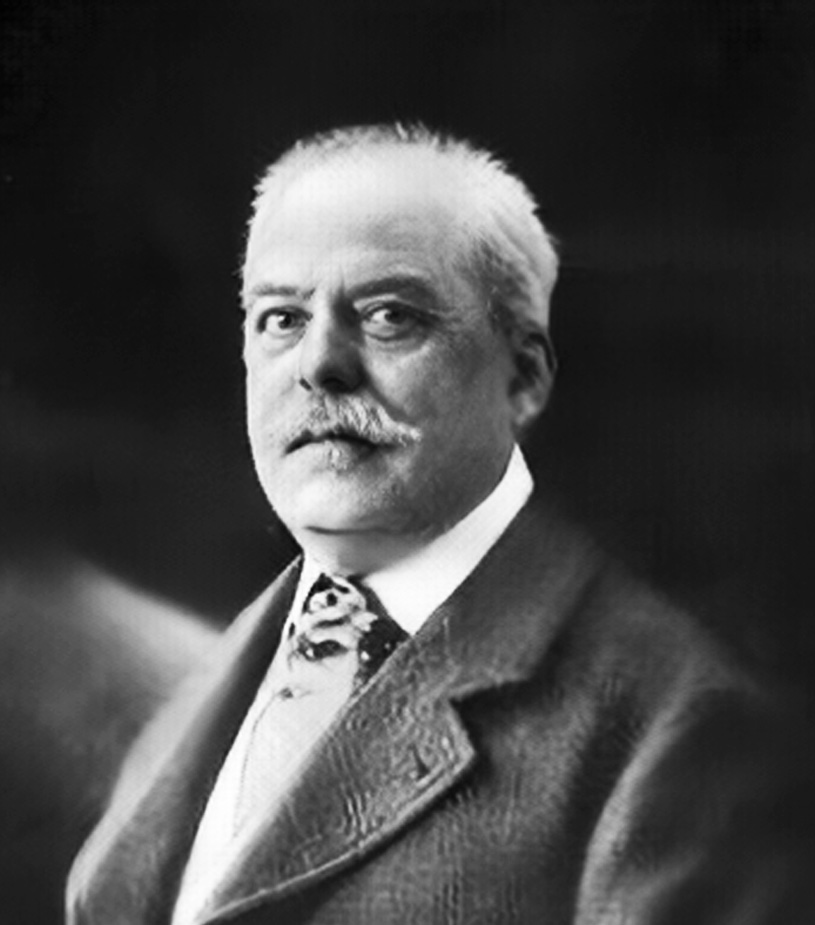Rodolfo Amedeo Lanciani was born on 1 January 1845 in Rome, Italy. Lanciani pioneered a rational modern approach to Roman cartography and archaeology, forming a core of distinguished late nineteenth century scholars who worked on the Roman Forum. Trained as an engineer, he became the Secretary for the Commissione Archeologica Comunale di Roma in 1872. He was Professor of Roman Topography at the University of Rome between 1878 and 1927. By the end of the century, Lanciani was responsible for all the excavations within the city, most notably the House of Vestals.
A member of the Accademia dei Lincei, the Berlin Institute, and the Archaeological Society of Brussels, Lanciani received honorary degrees from multiple institutions including the University of Glasgow, Oxford, and Harvard. Some of his major works are a commentary on Roman excavations, Frontinus Topografia di Roma antica (1880), a map on the ancient city of Rome, still unparalleled today, Forma Urbis Romae (1893–1901), and a four-volume collection about excavation and discoveries in the city from 1000 to 1605 CE, Storia degli scavi di Roma (1902).
